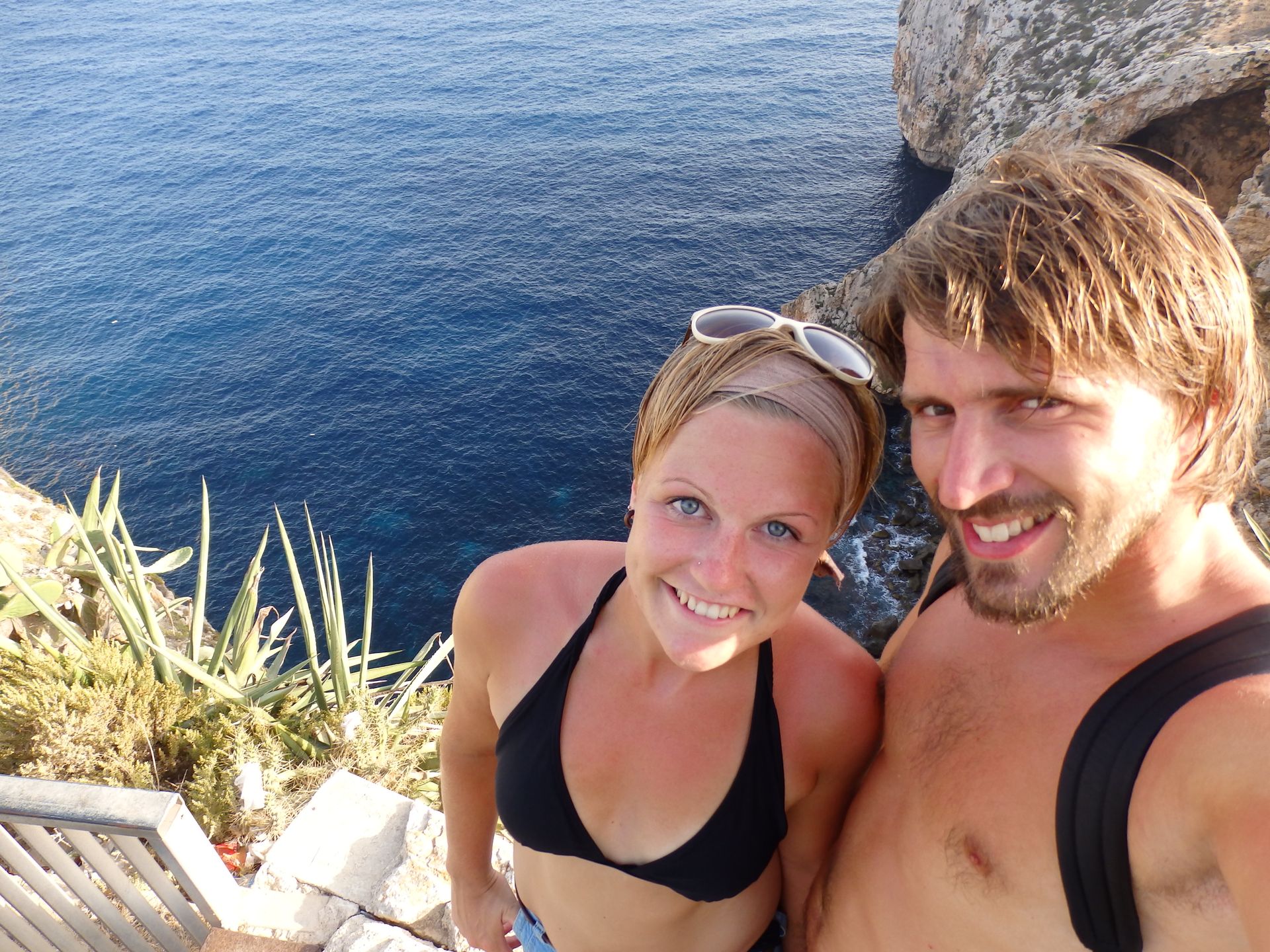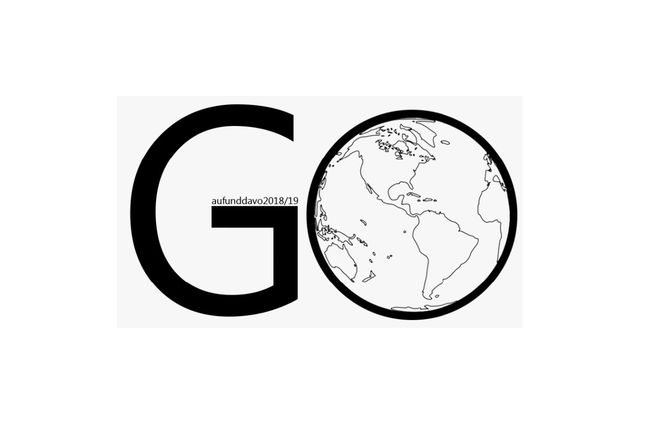Vietnam - the Vietnam War
已发表: 08.08.2019
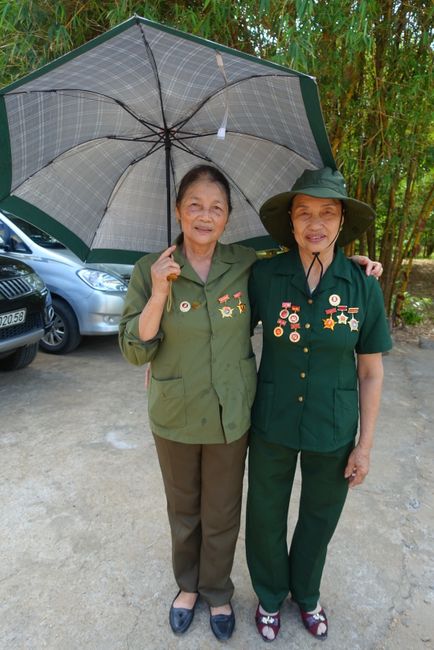
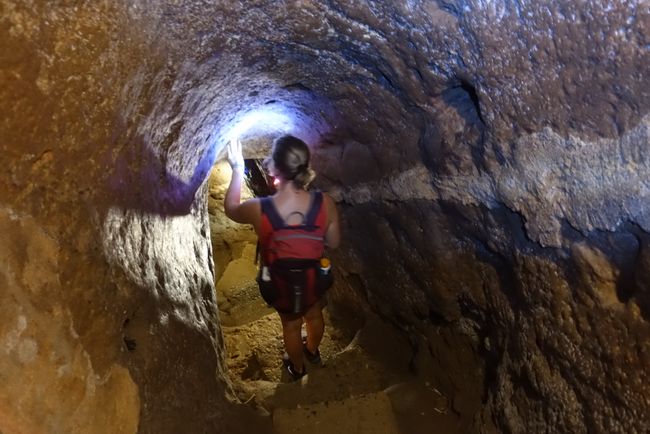
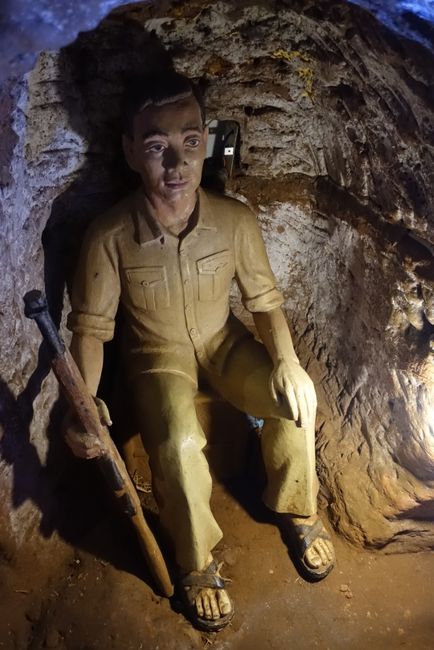
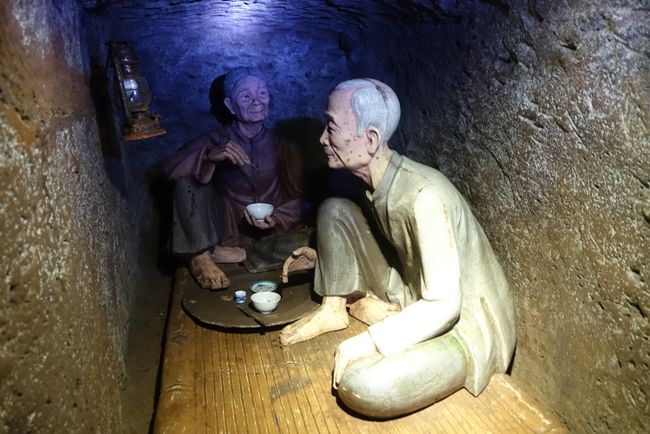
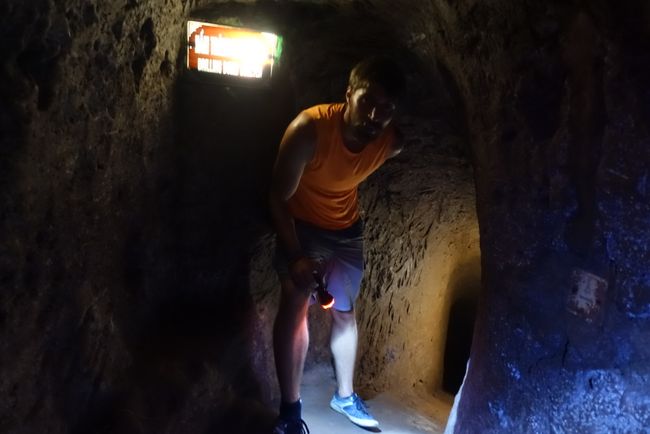
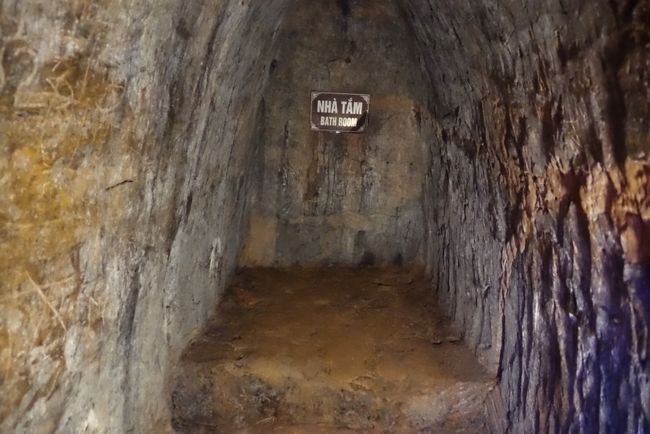
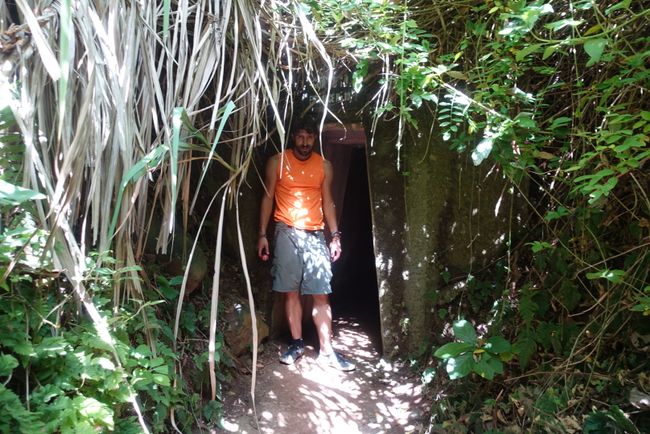
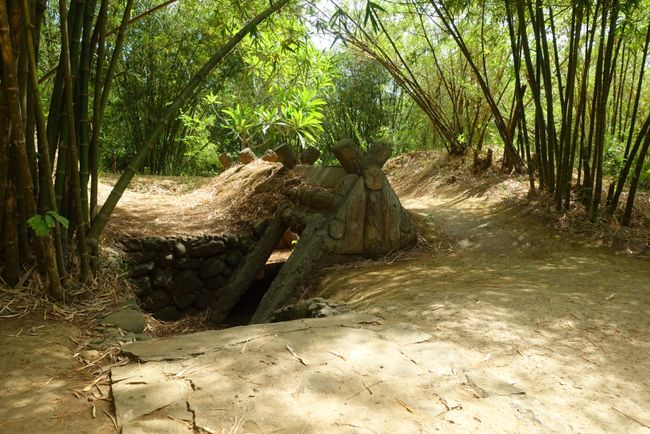
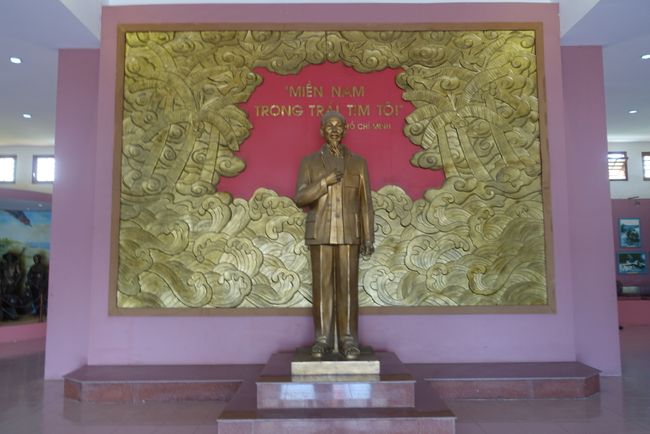
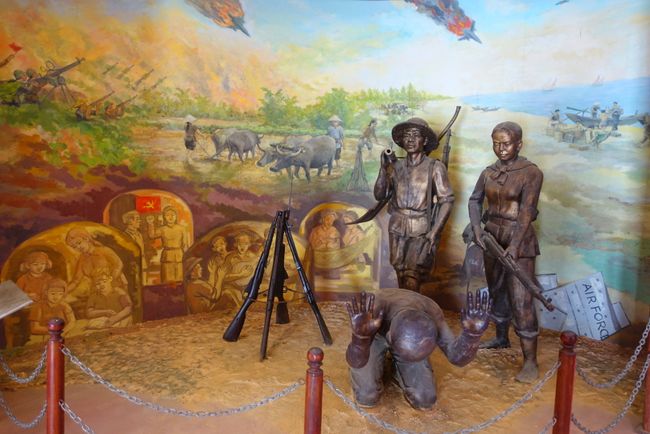
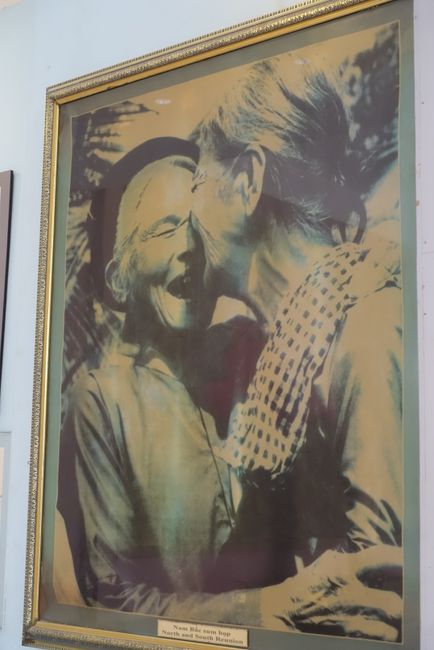
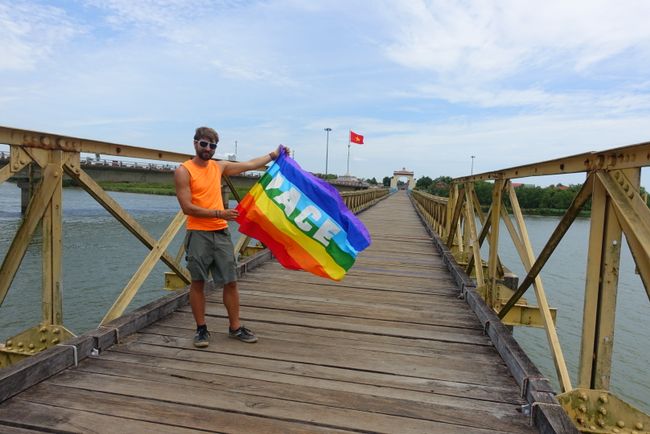
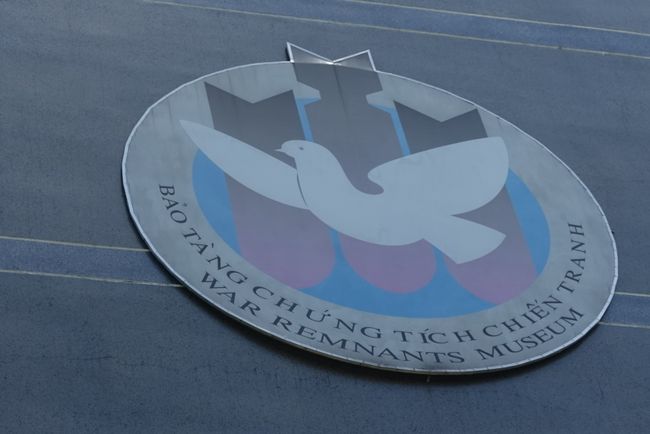
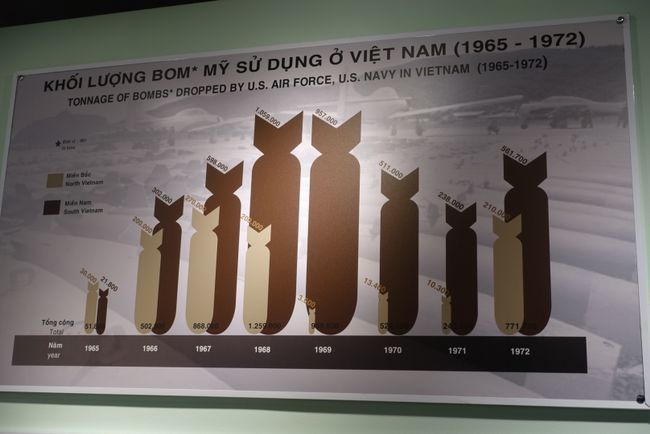
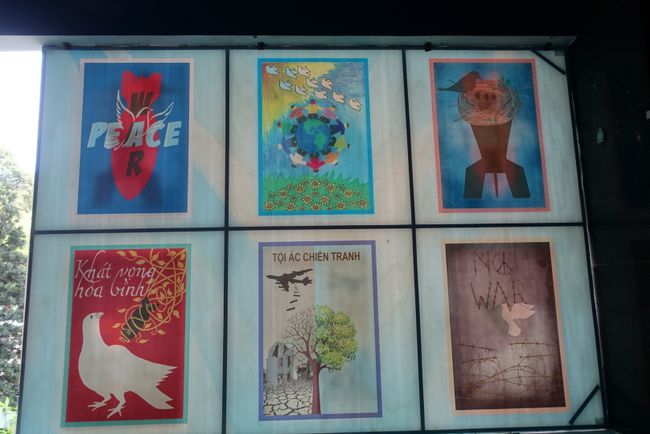
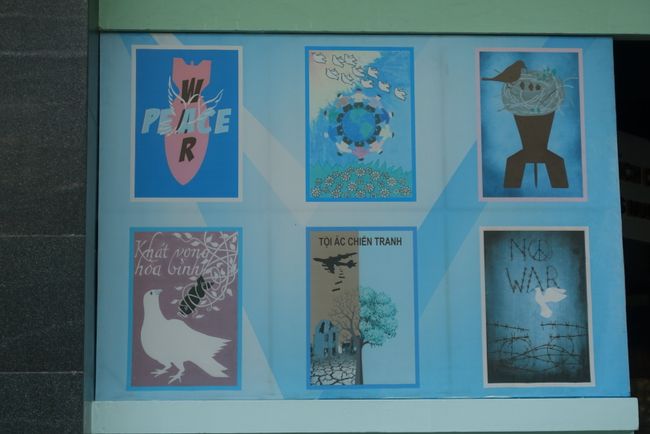
订阅时事通讯
When traveling to Vietnam, one cannot avoid dealing with the country's recent history. The glorious victory of the Vietnamese over powerful America is omnipresent! Remarkably, many locals wear red t-shirts with a yellow star, old army helmets as motorcycle helmets, and the Vietcong star is visible everywhere. On our way to Saigon, we stopped at the former border between North and South Vietnam, an area that was heavily affected and fought over by bomb attacks.
We visited a village there that was completely destroyed in an air raid. As this village was in a strategically important location, it should not fall into the hands of the South Vietnamese and Americans - that's why a total of more than 1 km of tunnels, up to 23 meters deep, were dug into the ground and from there the fight was continued. While above ground there was only scorched earth, the entire village life took place underground from then on: kindergarten, school, assemblies, theater performances, care for injured fighters, or even births in the oppressive tightness of the tunnels. There were guards at each of the 13 entrances who had to shoot any intruder immediately.
We walked through the narrow, dark corridors for only about an hour and were very glad to be outside again at the end - it is hard to imagine what it must have been like to live in this environment for over five years. But victory had to be achieved at all costs, and almost all Vietnamese people were willing to give everything for it. The museum proudly displays the successful resistance and documents every shot down American bomber. Now, almost 50 years after the end of the war, the Vietnamese visit this place with pride, their chests adorned with party medals and badges.
Afterwards, we visited the former border post that divided the country. As Germans who share the history of a divided country, we were both shocked by the crimes that happened at this place and moved by the images of reunification.
In Saigon, shortly before we left Vietnam after four weeks, we visited the War Crimes Museum.
What we saw there shocked us more than I can describe! The extent and dimensions that this war took on are simply incredible. For example, between 1965 and 1972, more than 4.5 million tons of bombs were dropped in North and South Vietnam, with the south being particularly affected. According to estimates, 2 to 5 million people died during this time - of which only about 1 million were Vietcong soldiers and about 60,000 were American soldiers. The vast majority of the victims were civilians, and these numbers do not even include the casualties caused by late effects, landmines, or genetic mutations.
In various floors of the museum, incredibly shocking images are displayed.
Images of children burned with napalm, images of people who lost their limbs in mine explosions, images of mutated children with two heads or without legs, as their parents' genes were severely damaged by Agent Orange; images of completely destroyed and burned land, images of village residents slaughtered like cattle, images of torture and murder, of perpetrators, victims on both sides, and also of the journalists who lay in the trenches next to the soldiers and the bombs with their cameras.
The horror the Vietnamese population endured for over 20 years is indescribable. Even more shocking is the fact that it seems the world has not learned from it, and when we think of the wars and war crimes in the Middle East or Africa in connection with what we have seen in Vietnam, we feel sick to our stomachs.
Sensitized to the late effects and disabilities caused by the use of defoliants such as "Agent Orange" in the war, which by the way were largely produced in Germany, we suddenly notice the many disabled people we encounter in Saigon: deformities, missing limbs, or scars from severe burns are omnipresent and impossible to overlook.
We were deeply affected by the extent and consequences of this war, and I wonder when we as humans will finally find a peaceful way to live with and for each other. If only we had the courage...
订阅时事通讯
回答
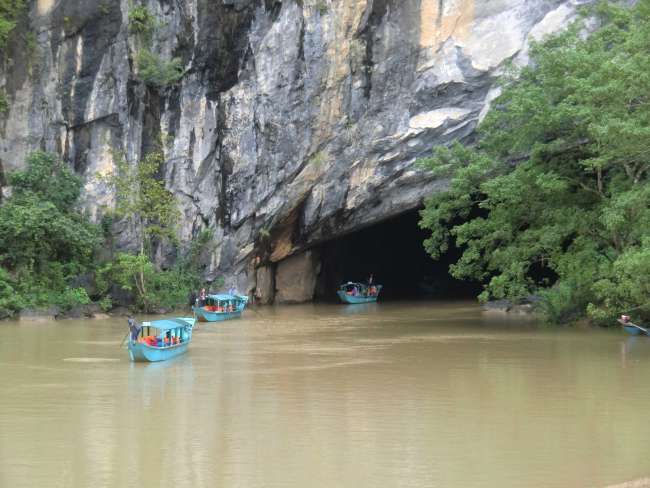
旅行报告越南
